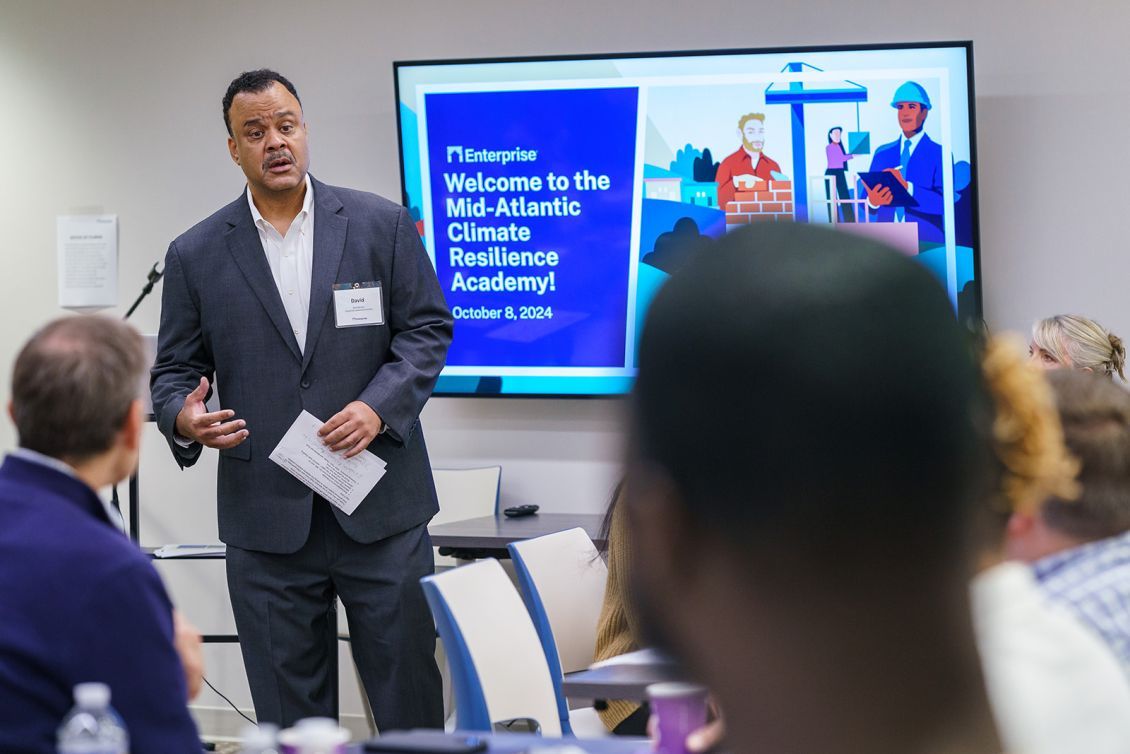When David Bowers came on board at Enterprise nearly 20 years ago, the notion that you could make housing both green and attainable was still a novelty. “It all sounded like crunchy granola and Birkenstocks to me,” said Bowers, admitting his early skepticism. “I came to Enterprise to create affordable housing.”
Fast forward to 2024 and the ordained minister is a firm believer and staunch advocate of Enterprise’s Green Communities standard. With the changing climate, “it’s not enough to for homes to be affordable. They have to be sustainable,” said Bowers, VP and Mid-Atlantic market leader.
The story of Bowers’ green epiphany launched the Mid-Atlantic Resilience Academy last month. Seventeen area housing organizations are participating in the five-session program tailored to affordable housing owners, operators, and developers in Maryland, Virginia, and Washington, D.C., seeking to address climate hazards in the region.
The Mid-Atlantic program marks the seventh resilience academy Enterprise has hosted since 2021, with similar peer learning programs convened for housing practitioners in the Gulf Coast, Midwest, New York/New Jersey, West Coast (Pacific Northwest and California), Rocky Mountain, and Southeast markets. Made possible with support from JPMorganChase, Mackenzie Scott, and StateFarm, the academies feature an in-person kick-off session followed by in-depth virtual sessions. Participants gain access to group and individual technical assistance and, in some cases, grants for risk-reduction projects.

The impetus behind the regional academies mirrors our current reality: the growing frequency and severity of extreme weather events. According to the National Centers for Environmental Information, in 2024 the U.S. experienced 24 climate and weather related events with losses exceeding $1 billion in each affected area and 418 total related deaths.
“We know that weather-related disasters are a risk shared across the housing sector nationwide. That’s why we’re on a mission to train housing practitioners on climate risk reduction,” said Enterprise VP of Building Resilient Futures Krista Egger.
She explained how the academies reflect each region’s climate challenges, with local experts invited to share insights and resources. “How climate risk shows up is very different depending on where you are in the country. It’s really about drawing from the inherent strength in communities and helping everyone prepare for and move forward in the face of our new climate future,” said Egger.
The academy opened with a review of key terms and participants sharing their own experience navigating the Mid-Atlantic region’s three biggest climate risks: extreme heat, flooding, and severe storms.
“Being a newbie to the sustainability world, I’m eager to meet like-minded colleagues and learn best practices,” said Ali Khademian, sustainability program manager at Montgomery Housing Partnership. “Ultimately, the benefits are passed on to our residents. I’m ready to get to work.”
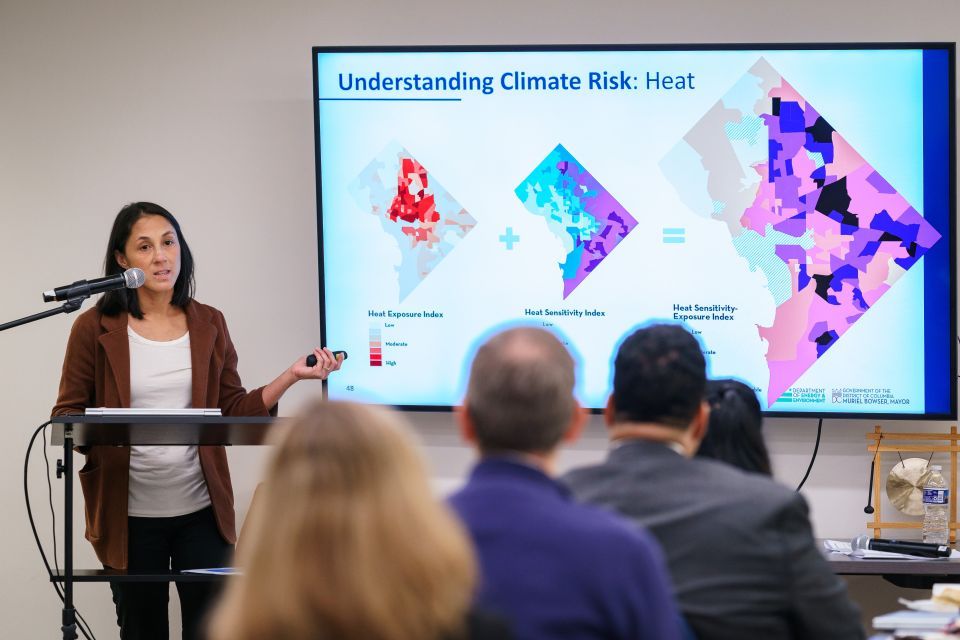
“Investing in affordable housing is climate action,” Jenn Hatch, chief of the D.C. Department of Energy and Environment’s green building and climate branch, told the group.
Hatch said the nation’s capital will experience “hotter, wetter, and wilder” climate events in the future. She underscored the importance of leading with racial equity and ensuring communities impacted “first and the worst” receive the needed support to become more climate ready.
Toward that effort, D.C. is on a path to ensure homes and buildings are highly efficient, comfortable, resilient, and affordable to operate. The district aims to be carbon free by 2045 with buildings over 10,000 square feet required to achieve what are the nation’s first Building Energy Performance Standards by 2040. The Affordable Housing Retrofit Accelerator helps developers meet those goals. Resilient design guidelines and an assessment tool also support properties incorporating resilience into new construction and retrofit projects.
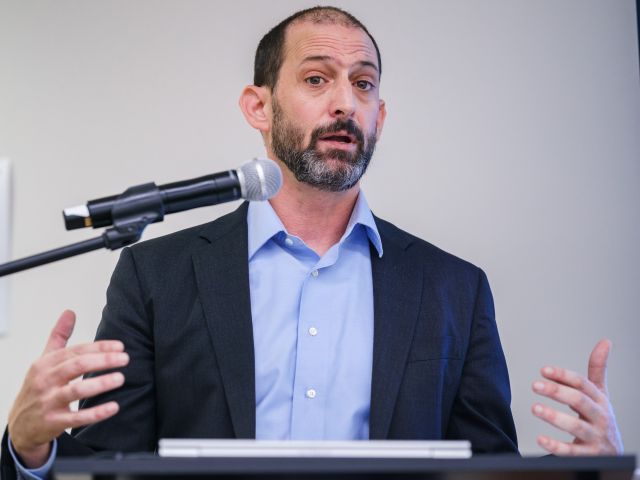
“Housing is the front line of climate defense,” said Joshua Saks, climate adaptation director at the Georgetown Climate Center. Saks shared trends showing that people are actually moving closer to regions with more climate-driven dangers. He urged academy participants to think of themselves as “pre-responders.”
“You build homes for people who need them most,” said Saks. “As climate change makes the world increasingly risky, you provide people with something that every person deserves – a safe place to call home.”
The kickoff event featured an up-close look at housing that has undergone an extensive green retrofit. Fort Stevens Place is a 59-unit Green Communities-certified multifamily property in Washington, D.C., redeveloped by Enterprise Community Development in 2018.
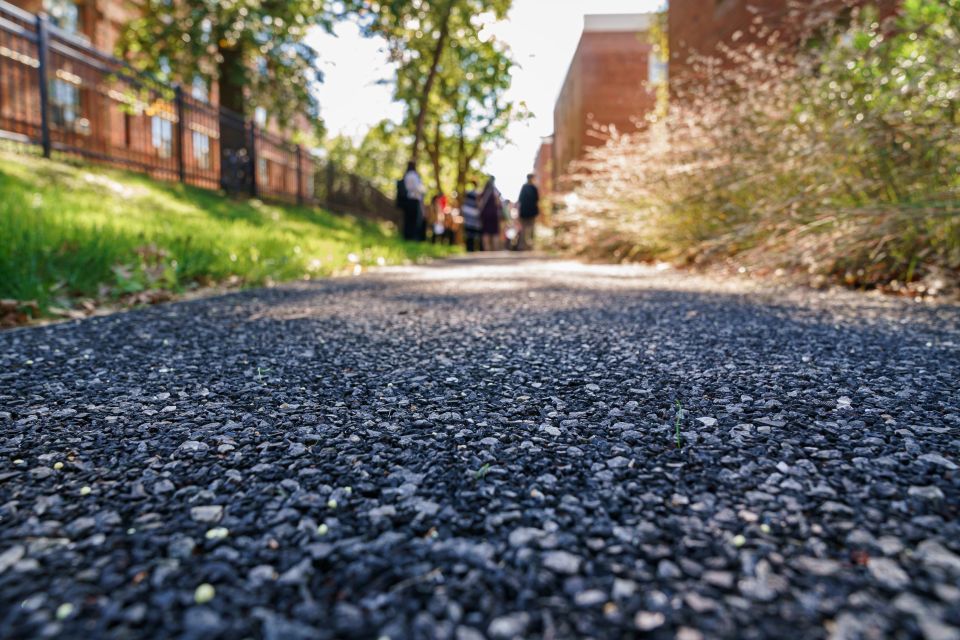
Enterprise converted the building from gas to electric appliances and heating – and turned the former boiler room into a community room. Permeable sidewalks and other features enhance stormwater management, while green walls and tree cover help mitigate extreme heat.
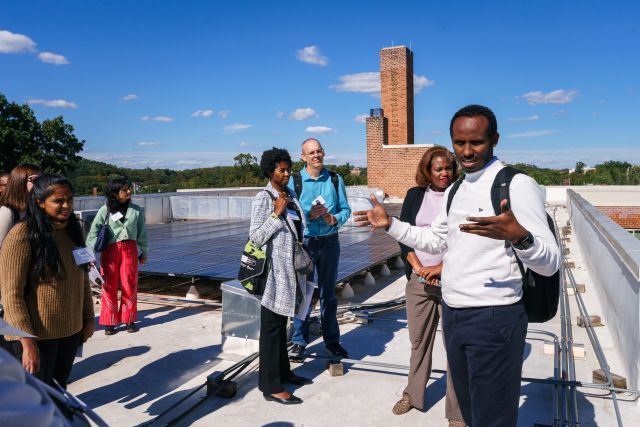
The rehab of Fort Stevens Place also included the addition of solar panels. Leading participants on a tour of the rooftop solar, Galgallo Golompo, clean energy development associate at Enterprise, explained that while solar currently powers only the common areas of the building, the benefits are extensive.
Over five years of operations, the rooftop-installed system has generated an annual average of 54,000 kilowatt hours of clean energy, avoiding an estimated 190 metric tons of CO2 emissions – equivalent to the impact of planting over 3,000 trees. Additionally, the electricity generated discounts the property’s electricity bill by 25%, a savings of nearly $13,000, while increasing funding for residents services programs by $6,400.
Installing solar energy, along with stormwater management and other green infrastructure measures, enabled Fort Stevens Place to meet D.C.’s Green Area Ratio requirements.
Reflecting on the first session of the academy, Judith Cabelli, VP of real estate development at Wesley Housing, shared a key takeaway: the importance of being proactive when it comes to climate challenges.
“If we’re intentional about resilience planning, then our residents will have a much higher likelihood of success and be able to move on with their lives,” Cabelli said.
Learn how Enterprise is making sure no community is left behind in the green energy transition.
